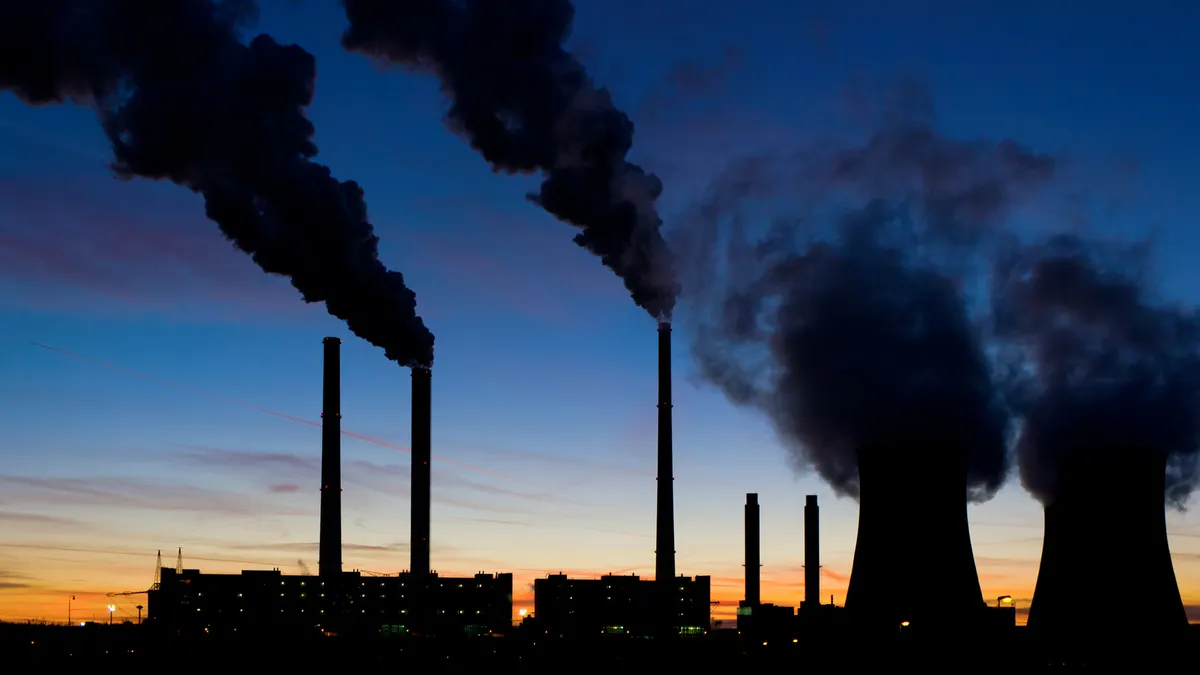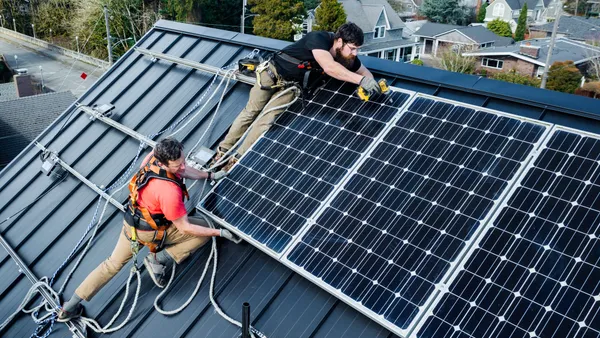The following is a viewpoint by Burcin Unel and Avi Zevin from the Institute for Policy Integrity at New York University School of Law.
In the coming weeks, the Federal Energy Regulatory Commission (FERC) will announce its response to the Department of Energy’s Notice of Proposed Rulemaking (NOPR) to compensate allegedly “fuel secure” coal and nuclear plants in the name of “grid resilience.” As long as FERC decides to do something, it has to deal with a fundamental issue.
The NOPR failed to answer the most critical question: just what is resilience (or, as DOE seems to prefer, “resiliency”)? This question is not just a matter of semantics. Without a precise definition, FERC cannot determine whether the grid is sufficiently resilient, or gauge whether payments or other actions might be warranted.
The DOE NOPR seems to incorrectly conflate resilience with “fuel security.” But researchers and engineers have been developing definitions of resilience, along with ways to measure it and monetize its value, for decades. These definitions suggest that a holistic approach and nuanced analysis will be needed in order to truly improve grid resilience (rather than just bailing out coal plants).
Resilience is the ability of a system to resist, absorb and adapt, and recover after a high-impact, low-probability shock, like a hurricane or cyberattack. A system’s resilience is measured across multiple dimensions: how well it resists damage; how well it adapts to changing circumstances and continues to perform during and after the shock; and how fast it recovers. Therefore, there are many different technologies and actions that can improve resilience, some of which will be more valuable to a particular system than others. The figure below shows the various time periods and dimensions of system resilience.
As the example of a category-5 hurricane demonstrates, a wide variety of actions can improve different aspects of system resilience. Storm hardening efforts that are currently under way in many states reduce the probability of outages, increase the grid’s ability to resist damage during the hurricane, and therefore increase resilience. Or, powering down nuclear plants in preparation for a hurricane can help ensure that they are not damaged and remain available after a hurricane to provide electricity. Once the hurricane hits, and the power system starts failing, operational flexibility and adaptive capabilities are important. For example, islanding microgrids can help reduce the damage.
After the hurricane passes, how quickly the system can recover determines resilience. On-site fuel could play a limited role, if the hurricane has indeed disrupted fuel transportation networks such as pipelines. But as the Puerto Rican grid’s incredibly slow recovery from Hurricane Maria illustrates, the recovery capabilities of transmission and distribution tend to be far more important.
There are many more wonky details of how to define resilience, but even this basic definition yields a number of insights:
Resilience must be defined with respect to a specific threat. Certain policies may improve the ability of a system to resist or recover from certain disruptive events, yet undermine its ability to resist or recover from others. For example, putting wires underground may improve resilience against hurricane-force winds, but may reduce resilience against flooding or earthquakes. What FERC does to ensure the grid is robust to pipeline disruptions is very different than what it does to address cybersecurity breaches.
System resilience is different than generator-specific resilience. A generator-by-generator view is inadequate for assessing the resilience of the system as a whole. A plant with a 90-day coal pile does little to improve recovery if the transmission and distribution infrastructure that connects that plant is vulnerable. Generator-specific resilience is better addressed by using performance incentives. And, unless policymakers consider system resilience holistically, they are likely to go wrong.
There are different ways to improve resilience, and multiple entities share responsibility. FERC and states are each responsible for improving aspects of resilience that fall within their jurisdiction. No one entity can unilaterally improve resilience, and acting alone risks disrupting efforts of other well-intentioned actors. Coordination between these actors will be critical in ensuring meaningful resilience improvements.
Nobody knows how much resilience is enough. We can spend a lot of money on preemptively guarding against low-probability events, but we won’t know whether the money is well spent without more analysis. Policymakers need to further define resilience metrics, monetize those metrics, figure out what type of resilience investments get the most bang for the buck, and also figure out the social value of avoiding extended service interruptions. Spending tens or hundreds of billions of dollars may make the electric system resilient to most known unknowns, but unless the corresponding societal benefit is high enough, it would not be worth it.
Making our electric grid appropriately resilient will surely require a lot of analysis and smart policymaking. The good news is that researchers and engineers are way ahead of Secretary Perry and Chairman Chatterjee on resilience. There is a lot of good work being done by experts around the world. If FERC is serious about improving resilience, it should listen to them.
Burcin Unel is the energy policy director and Avi Zevin is an attorney at the Institute for Policy Integrity, a non-partisan think tank at New York University School of Law dedicated to improving the quality of governmental decisionmaking.













